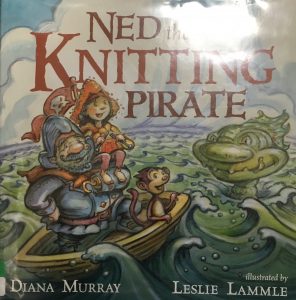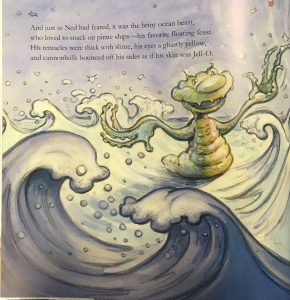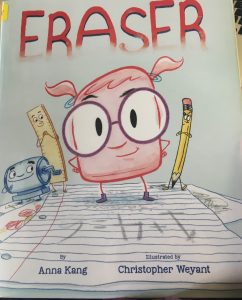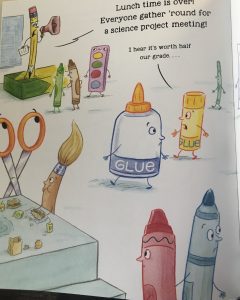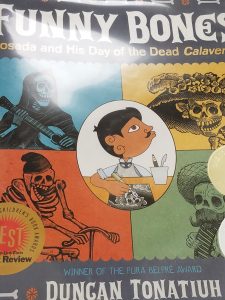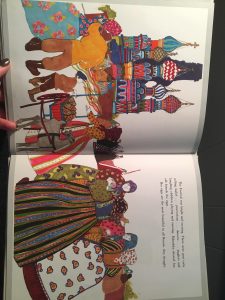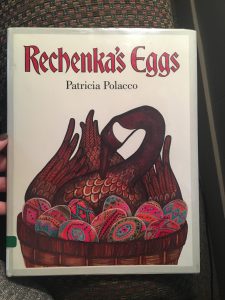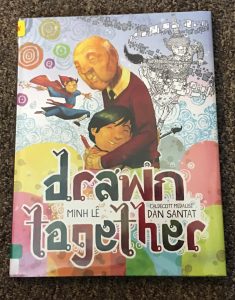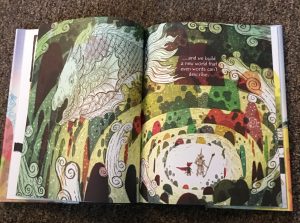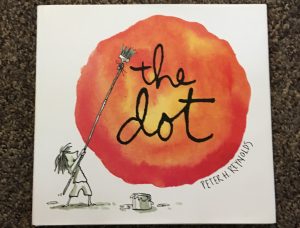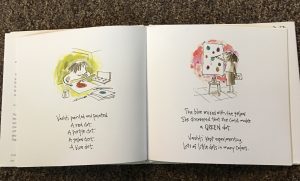Title: Ned the Knitting Pirate
Author(s): Diana Murphy
Illustrator/Photographer: Leslie Lammle
Publisher and Year: Roaring Book Press, 2016
Number of Pages: 31
Tags: Adventure, Fantasy, Fiction, Fine Arts, Picture Book, K-5, Sarah Luce
Genre: Fiction
Descriptive Annotation:
Ned the Knitting Pirate has a consistent rhyme to the story and it keeps the story rolling and moving along, much like the pirates the story is about. The story is about a group of pirates who do daily pirate activities, except Ned. Ned likes to knit and it makes some of the other pirates very angry. Ned is eventually banned from knitting, until his hobby saves the ship from an attack by a sea monster. After that, all of the pirates learn how to knit and it is an accepted pirate activity.
Classroom Application:
This text can easily be used to reinforce the idea of breaking gender roles. Boys are often laughed at when partaking in traditionally “female” activities, such as things like knitting. In actuality, there is nothing that says knitting should only be for girls, and this story shows boys that there is nothing wrong with being creative, a typical “girl” trait.
Linguistic and Cultural Diversity Analysis:
This book represents a culture of breaking gender roles. Ned is a boy that likes to knit and the lesson in this story is that that is okay. The captain of the ship at first tries to enforce these roles, saying, “‘A scurvy pirate doesn’t knit, nor wear a fuzzy hat’” (page 8). However, after Ned’s knitting saves the ship, the captain changes his mind. By the end of the story, all the pirates helped fix the sail with knitting “while wearing fuzzy hats and scarves, and knitted pirate booty” (page 30). I might introduce this book by showing the class pictures of my brother and the scarf he knit himself, showing them that boys actually do knit, and it isn’t just something in the story but something that is acceptable in life.
Illustrations:
